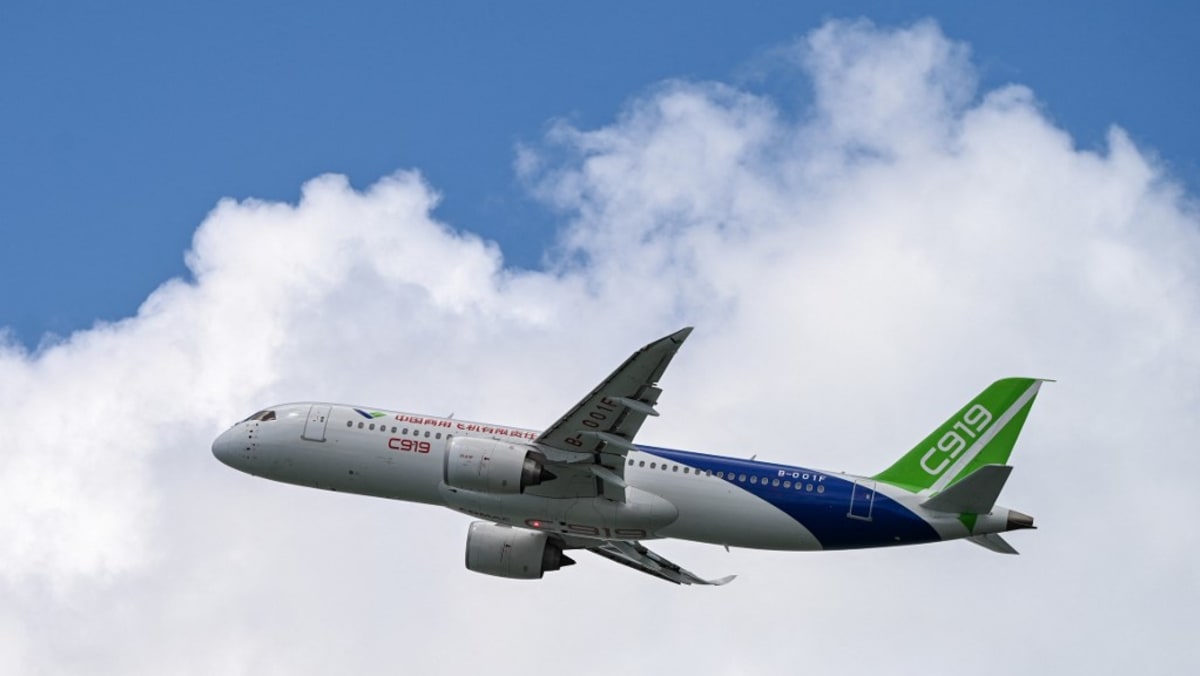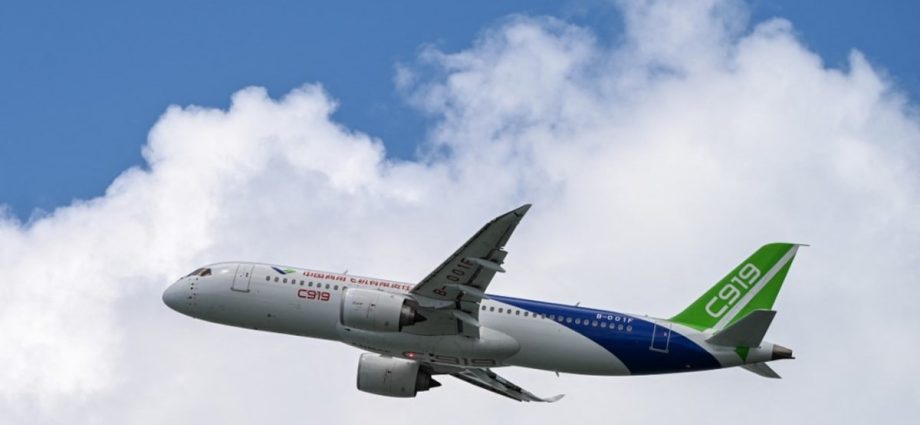
“From a timing perspective, given Boeing’s situation, airlines around the world are more keen these days to consider a third option when looking at narrow-body aircraft campaigns,” said Mr Sobie.
TURBULENCE IN A GLOBAL TAKE-OFF
That being said, China faces major headwinds in its ambitions to stamp its mark on global passenger aviation.
Regulatory hurdles are the sticking point, say analysts as they point out that COMAC’s C919 has not been certified by US and European aviation regulators. Only Chinese regulators have certified the C919 thus far, giving the green light in September 2022.
Getting approval from regulators like those in the US and Europe are “most crucial” in becoming “widely accepted” and operating globally in international skies, Mr Shantanu told CNA.
According to Reuters, China’s aviation authority said last month it would this year pursue European Union Aviation Safety Agency (EASA) validation for the C919, a process which began in 2018.
“The industry is currently in wait and see mode … be it certification or order fulfilment amongst other factors,” said Mr Shantanu.
Another obstacle confronting COMAC is the C919’s exposure to geopolitical risk and supply chain issues, due to its reliance on imported parts and technology.
A 2020 analysis by the Center for Strategic and International Studies, a US think tank, estimated that more than 80 per cent of the C919’s major component suppliers were from the US and Europe.
“All the systems, engines, and avionics that make the C919 fly are Western,” said Mr Richard Aboulafia, managing director of aviation consultancy AeroDynamic Advisory.
“If they want a true (Chinese) aircraft, one that allows them to be self-sufficient for some reason, that will take many more billions of dollars and many more years than they have already invested in the C919,” Mr Aboulafia added.

